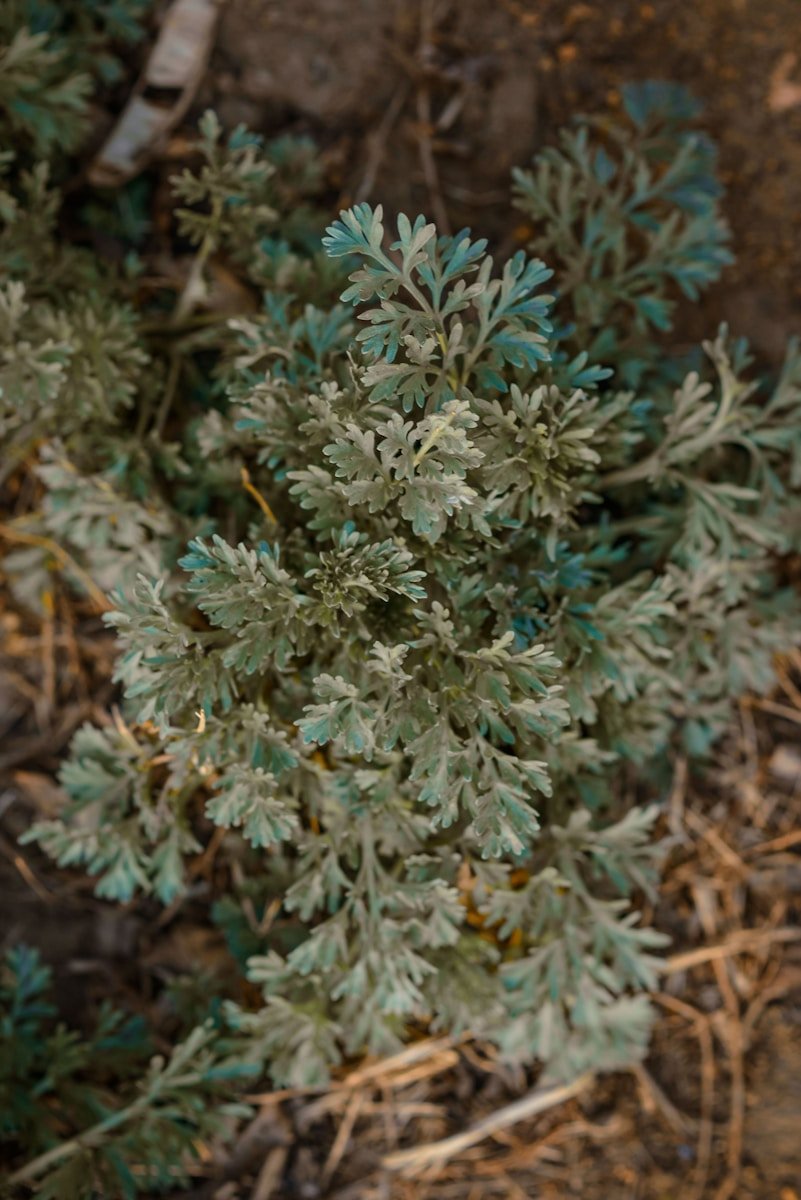How to Cultivate and Maintain ‘Silver Mound’ Artemisia
‘Silver Mound’ Artemisia is a celebrated cultivar of Artemisia schmidtiana, belonging to the extensive Artemisia genus that comprises countless hardy shrubs and perennials. This delightful plant is cherished for its lush, silver foliage and mounding habit, making it a popular choice for gardeners looking to add visual interest to their landscapes.
Characteristics of ‘Silver Mound’
Common Names
- Silvermound
- Silver mound
- Wormwood
- Artemisia
- Angel’s hair
Botanical Information
- Botanical Name: Artemisia schmidtiana ‘Silver Mound’
- Family: Asteraceae
- Plant Type: Perennial
- Mature Size: 6-12 inches tall, 12-18 inches wide
- Sun Exposure: Full sun to partial shade
- Soil Type: Well-drained
- Soil pH: Neutral to alkaline
- Bloom Time: Summer
- Flower Color: Yellow
- Hardiness Zones: 4 to 8
- Native Area: Japan
- Toxicity: Harmful to people and pets if ingested
Care Instructions

Despite its delicate appearance, ‘Silver Mound’ is relatively easy to care for, making it an excellent choice for both novice and experienced gardeners. Follow these guidelines to ensure optimal growth and a vibrant display.
Light Requirements
This plant flourishes in full sunlight but can adapt to some shade, especially in hotter climates. Aim for at least six hours of direct sun each day to keep ‘Silver Mound’ at its best.
Soil Preferences
Unlike many other perennials, ‘Silver Mound’ thrives in less fertile soils, even doing well in both clay and sandy options, provided they drain properly. Be cautious of soil that retains moisture, as soggy roots can lead to the plant’s demise.
Watering
Water ‘Silver Mound’ only during dry spells or when the top three inches of soil feel dry to the touch. The plant is drought-tolerant and can suffer from root rot if overwatered, so it’s important to allow the soil to dry between watering.
Temperature and Humidity
‘Silver Mound’ prefers hot, dry conditions but can tolerate some humidity. It can survive cold winters, dying back during prolonged freezing but rejuvenating in the spring. In milder winter areas, it often retains its foliage year-round.
Fertilization
This plant requires no extra fertilization. It benefits from poor soil conditions. If needed, a small amount of compost can be added in spring. Over-fertilization can result in excessive growth that breaks its natural shape.
Propagation and Pruning
Propagation
The easiest way to propagate ‘Silver Mound’ is through division. Every two to three years, lift the clump in late fall. Carefully separate it into sections, ensuring to tease apart the roots gently, and replant each section to create new plants.
Pruning
To promote a bushy and rounded shape, pinch back the growing tips in spring. If the plant flops, prune it back by a third and reduce watering. It’s also advisable to remove small flowers as they bloom to keep the focus on the lush foliage.
Common Issues
While ‘Silver Mound’ is generally pest-resistant and thrives with minimal care, pay attention to the following common issues:
Floppiness
Overwatering or excessive fertilization can lead to floppy growth. To remedy this, trim back the plant and cut back on watering. Let the soil dry out between watering sessions.
Yellowing or Wilting Leaves
If the leaves appear yellow or wilted, it is typically a sign of overwatering. Quick action to reduce moisture may help the plant recover if root rot hasn’t fully developed.
Conclusion
‘Silver Mound’ Artemisia is a versatile and attractive addition to any garden. With its eye-catching silver foliage and low maintenance requirements, it provides an elegant contrast to other perennials. By following these care tips and addressing any issues promptly, you can enjoy the beauty of this charming plant for years to come.




